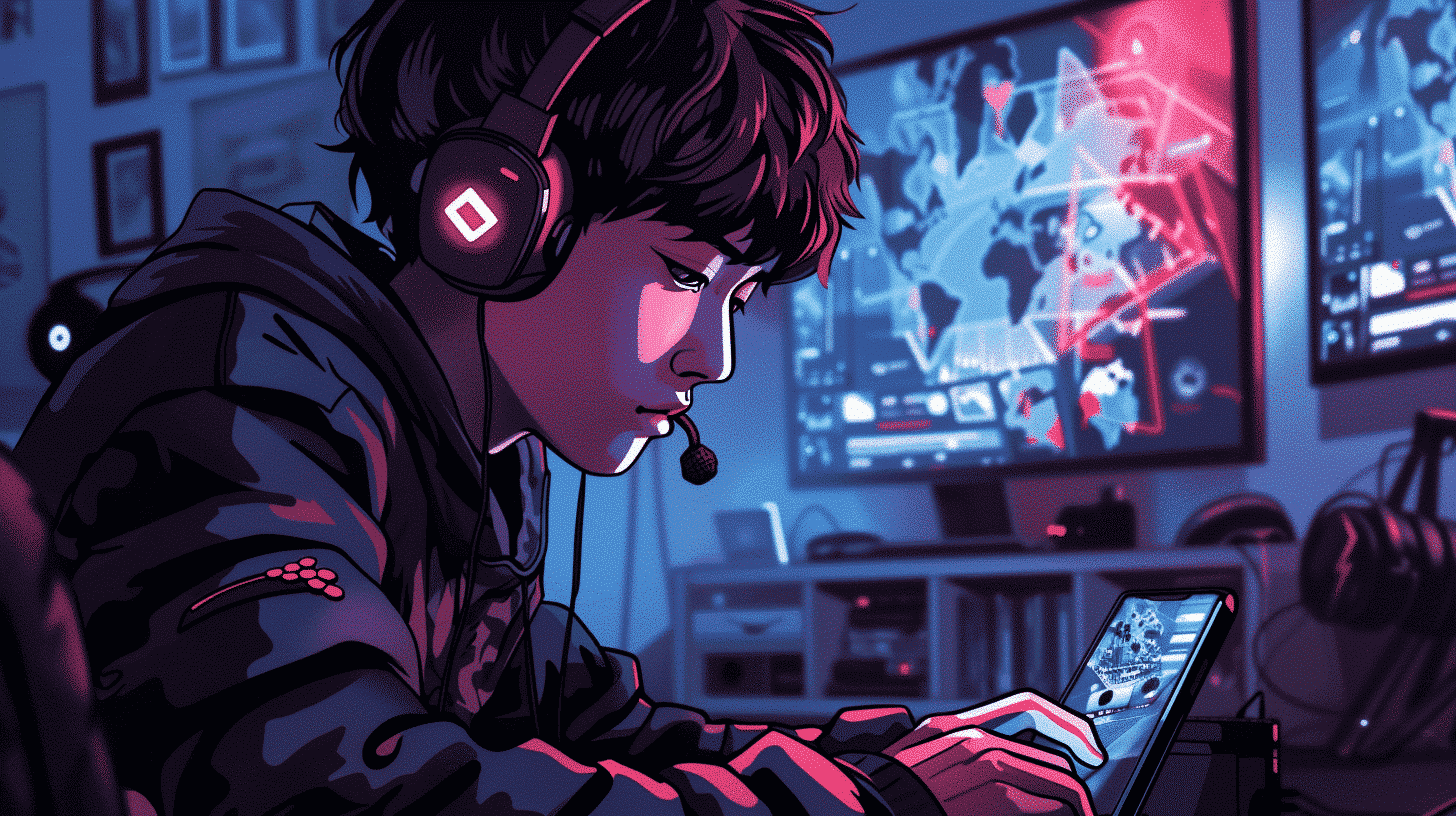1. Urdu’s Name Means “Camp” or “Army”
One of the most amusing facts about Urdu is that its very name translates to “camp” or “army” in Turkish. This is because Urdu developed as a lingua franca among soldiers from different linguistic backgrounds in the Mughal armies. The language was essentially a mix of Persian, Arabic, Turkish, and local dialects, created “in the camp” to facilitate communication. Imagine a language born out of a military camp, yet evolving into one of the most poetic and elegant tongues in the world!
2. Urdu and Hindi Are Like Twins with Different Clothes
Urdu and Hindi are often called “sister languages” because they share the same grammar and basic vocabulary but use different scripts and vocabulary influences.
- Script: Urdu uses the Perso-Arabic script, which is cursive and written right to left.
- Hindi: Uses Devanagari script, written left to right.
This makes Urdu look “fancier” due to its calligraphic style, while Hindi looks more blocky and straightforward. It’s like the same person dressing differently for a formal party versus a casual outing!
3. Urdu Has More Words for “Love” Than You Can Count
Urdu is famous for its poetic expressions, especially about love. Interestingly, there are dozens of words and phrases to describe different shades and types of love, passion, and affection. Some examples include:
- Mohabbat – general love
- Ishq – passionate love
- Wafa – loyalty in love
- Junoon – obsession
This linguistic richness makes Urdu poetry and songs deeply expressive but can be hilariously confusing for beginners trying to figure out which “love” word to use!
4. The Language Loves Exaggeration and Flattery
Urdu speakers have a penchant for using hyperbolic compliments and flowery language even in casual conversation. It’s not uncommon to hear phrases like:
“Aap to chand se bhi zyada roshan hain!”
(Translation: “You are even more radiant than the moon!”)
This love for exaggeration can sometimes lead to funny misunderstandings for language learners who take such compliments literally!
5. Urdu Poetry Can Be Playfully Ambiguous
Urdu poetry (Shayari) often uses words with double meanings, puns, and metaphors that can be both beautiful and cheeky. For example, a word like “sharab” means “wine,” but in poetry, it can also symbolize intoxication with love or divine ecstasy. This playful ambiguity adds humor and depth but can leave new learners scratching their heads trying to decode the real meaning.
6. The Script Looks Like Fancy Calligraphy but Is Tricky to Master
Urdu’s Perso-Arabic script is renowned for its elegance and artistic flair. However, it is also one of the most challenging scripts to learn because:
- Letters change shape depending on their position in a word.
- It’s written right to left, opposite to English.
- Many letters look very similar and can confuse beginners.
This means that while Urdu text looks like beautiful artwork, reading and writing it fluently requires patience and practice, often leading to funny mistakes like mixing up letters that look alike.
7. Urdu Words Borrow from Over 4 Languages
Urdu is a linguistic melting pot, borrowing extensively from Persian, Arabic, Turkish, Sanskrit, and even Portuguese. This mix sometimes results in amusingly long and complicated words. For instance:
- Khudgarz (selfish) – Persian origin
- Falsafa (philosophy) – Arabic
- Shehar (city) – Persian
- Masala (spice mix) – Sanskrit
This blend can confuse learners who try to guess pronunciation or meaning based on only one linguistic root.
8. Some Urdu Words Sound Like Funny Animal Noises
Certain Urdu words sound amusingly like animal sounds or onomatopoeia. For example:
- Chirping of birds: “Chirri chirri”
- Buzzing of bees: “Gungunana”
- The word for “mischievous”: Shaitaan literally means “devil” but is often used playfully for kids.
Hearing these words can bring a smile, especially for language learners experiencing the playful side of Urdu.
9. Urdu Has a Unique Way of Showing Respect
In Urdu, respect and politeness are embedded deeply into the language. It uses special pronouns and verb forms when addressing elders or strangers:
- Tum – informal “you”
- Aap – formal/respectful “you”
- Tu – very informal or sometimes rude “you”
Choosing the wrong pronoun can be a social faux pas and may lead to awkward or funny situations for learners. Imagine mistakenly calling your boss “tu” instead of “aap”!
10. Urdu Is the Language of Love in Bollywood and Beyond
Many Bollywood songs and dialogues are in Urdu or heavily influenced by it, making the language synonymous with romance and drama in popular culture. Words like “dil” (heart), “jaan” (life), and “pyaar” (love) are staples in film lyrics and poetry.
This association sometimes leads to humorous exaggerations in daily speech, with people using poetic Urdu phrases to sound more romantic or dramatic than necessary, much to the amusement of native speakers.
Conclusion: Embrace the Fun and Beauty of Urdu with Talkpal
Urdu is not just a language; it’s a vibrant cultural experience filled with poetic beauty, humor, and linguistic surprises. Whether it’s the playful ambiguity of its poetry, the elegance of its script, or the quirky linguistic traits, learning Urdu can be an enjoyable journey. Platforms like Talkpal make this journey easier and more interactive, allowing learners to practice speaking, listening, and writing in Urdu with native speakers and experts. So dive into the fascinating world of Urdu, enjoy its funny quirks, and discover why it remains one of the most beloved languages in the world.









